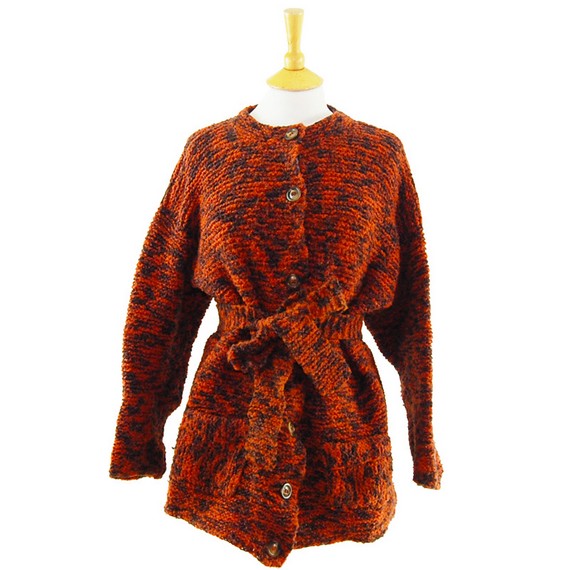1907 womens fashion – The Delphos gown
January 25, 2016I think the Delphos gown could make the claim to being one of the oldest fashion “design classics” still worn today. The gown, which was launched in 1907 and an immediate hit of 1907 womens fashion is still covetable, and with a shape which seems to suit women of every age, shape and colouring, has been flaunted at glamorous events in practically every decade ever since.
1907 womens fashion – the Delphos gown
The Delphos is a simple, graceful column gown that falls from the shoulders. It was produced continuously from 1907 to 1950. The main design, always made in silk in range of striking colours was sometimes produced in variations, with sleeves or a belt added. Hand blown glass beads also featured, often along hems to weight the light silk down. It is distinguished by its fine pleating, which gives the fabric a gentle stretch which allows the garment to gently follow the contours of the body. This permanent pleating process was said to be both unprecedented and unreplicable at the time of its debut – a mysterious trade secret.
1907 womens fashion – influenced by Ancient Greek fashions
The dress was designed and its unique construction invented by Mariano Fortuny, a fashion and lighting designer, photographer and painter who lived in Venice. Fortuny was influenced by the perceived simplicity of Ancient Greek gowns as worn on ancient statues. He wasn’t the only one to declare the Ancient Greeks as literally the model of femininity – there was a significant turn of the century movement that declared that the beautiful bodies represented in these sculptures were a natural feminine ideal that should be striven towards, as opposed to the unnatural contortions forced upon the female form by corseting and current 1907 womens fashion .
The designer of the Delphos, Mariano Fortuny in 1907 womens fashion
Mariano Fortuny himself was the son of a very famous painter, Mariano Fortuny y Marsal. Unfortunately Fortuny Junior’s paintings, while accomplished, never reached the heights of his father’s, which was quite a disappointment to him as his mother really wanted him to follow in his famed father’s footsteps and had always encouraged him to do so. Perhaps this is why Fortuny considered his striking photographs, taken while the art form was in its infancy, to be disposable, mere studies for the great paintings he planned on making.
Fortuny had an brain for science and mechanics which when combined with his aesthetic eye resulted in not only the mysterious pleating system of the Delphos fabric, but in a completely different sector, powerful electric lighting systems for theatre. Electricity was newly harnessed and his design for lamps was innovative and effective. Again, the exact same design is still sold today as a design classic, along with his very distinctive and beautiful silk lightshades for home decor.
He lived in a large building in Venice, filled with his father’s paintings and many different artifacts and curiosity, which he called his “think tank”. Different rooms were set up for different ideas and experiments. Fortuny’s large and crumbling Palazzo in Venice is open for visitors and holds regular exhibitions of contemporary art within its walls, along with a glimpse of his studio and some of his work in various disciplines.







